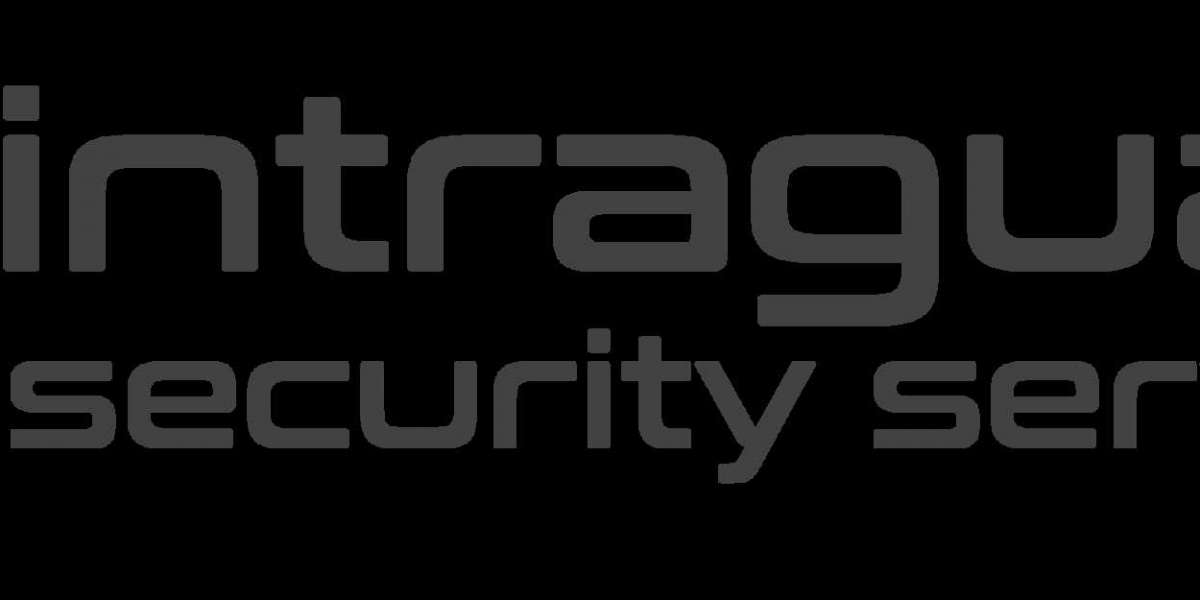In today’s fast-paced business world, security is paramount. One of the most vulnerable areas of any business, especially in terms of security, is the reception area. Reception areas are high-traffic zones where employees, clients, visitors, and delivery personnel interact. This makes them a prime target for security breaches, including theft, unauthorized access, and even physical threats. In this blog post, we will explore the importance of Reception Area Security Services for businesses, highlighting key components and the best practices that companies can adopt to ensure the safety of their premises.
Why Reception Area Security Matters
The reception area serves as the first point of contact between a business and the outside world. It's where visitors sign in, wait for their meetings, and where deliveries are made. This open environment can easily become a hotspot for security vulnerabilities, including:
- Unauthorized access: Visitors who gain entry without proper screening or clearance.
- Theft: Valuable equipment, documents, and personal belongings that are often left unattended in the reception area.
- Vandalism and sabotage: Visitors or outsiders who may damage property or disrupt business operations.
Key Components of Reception Area Security Services
To effectively mitigate these risks, businesses need to implement comprehensive reception area security services. Below are some key components of an effective security strategy:
1. Visitor Management Systems
A visitor management system (VMS) is a crucial element of reception area security. These systems allow businesses to track and manage who enters and exits the premises. Some advanced VMS solutions include features such as:
- Digital check-ins and badges for easy identification.
- Background checks or visitor screening processes.
- Automated alerts for visitors who may be trying to access restricted areas.
- Real-time data tracking for compliance and auditing purposes.
A VMS ensures that only authorized visitors are allowed access to the premises, reducing the risk of unauthorized entry.
2. Security Personnel
Having trained security personnel stationed in the reception area is one of the most effective methods of maintaining security. Security officers can greet visitors, screen them for suspicious activity, and escort them to specific areas within the building. Their presence alone can act as a deterrent for potential threats.
Security personnel can also manage emergencies, ensure that evacuation plans are followed, and monitor surveillance systems to ensure everything is running smoothly.
3. Surveillance Systems
Surveillance cameras should be strategically placed throughout the reception area and surrounding premises to monitor the activities of visitors, employees, and delivery personnel. These cameras can:
- Provide real-time footage that can be accessed remotely for monitoring.
- Capture footage that can be used for investigative purposes in case of incidents.
- Deter criminal behavior, as the presence of cameras often discourages illegal activity.
Modern surveillance systems are equipped with high-definition cameras, motion detection, and night vision capabilities for continuous monitoring.
4. Access Control Systems
In addition to visitor management, businesses should implement access control systems to regulate entry into the building or specific areas. These systems include:
- Key card access: Employees can use key cards or fobs to enter secure areas.
- Biometric systems: Fingerprint or retina scanners offer an extra layer of security.
- PIN codes and passcodes: For securing doors or rooms that require restricted access.
These access control measures help ensure that only authorized individuals can enter the building and sensitive areas.
5. Physical Barriers and Signage
Physical barriers, such as security turnstiles, security gates, or frosted glass walls, can be used to protect the reception area from unauthorized access. In addition, clear signage helps direct visitors to the correct locations, ensuring that they do not wander into restricted areas.
Proper signage also acts as a reminder to visitors that they are being monitored, helping to prevent potential security breaches.
6. Emergency Protocols
An effective reception area security service includes a set of well-defined emergency protocols. These protocols should outline how to handle various situations such as:
- Suspicious behavior or persons.
- Theft or vandalism.
- Medical emergencies.
- Fire evacuations or building lockdowns.
Security personnel should be trained on these protocols, and regular drills should be conducted to ensure that everyone knows how to respond in the event of an emergency.
Best Practices for Reception Area Security
Here are some best practices to enhance the security of your business's reception area:
- Regular Security Audits: Conduct regular security audits to assess any potential risks and identify areas for improvement.
- Employee Training: Ensure that employees are trained on security protocols and how to identify suspicious behavior.
- Visitor Pre-registration: Encourage visitors to pre-register their visit online before arriving, allowing for a smoother check-in process and reducing wait times.
- Maintain Secure Records: Ensure that any documents, sensitive materials, or packages in the reception area are securely stored and tracked.
Conclusion
Investing in reception area security services for businesses is a crucial step toward safeguarding your premises, assets, and employees. By implementing systems such as visitor management, access control, surveillance, and employing well-trained security personnel, you can significantly reduce security risks and create a safer working environment.
Don’t overlook the importance of the reception area in your security strategy—this is often the first line of defense against potential threats, and having comprehensive security measures in place can help keep your business safe.
Intraguard is one of the top london security companies, providing comprehensive services like manned guarding, CCTV surveillance, patrolling, and guard dog patrols to secure your property.




